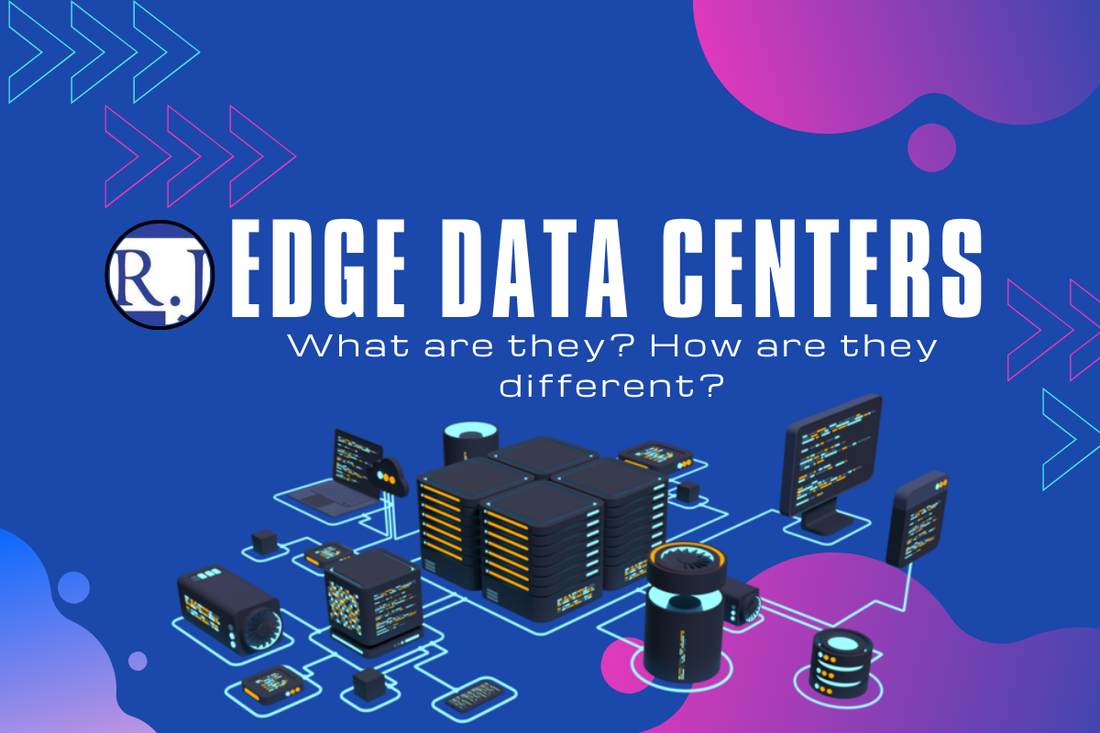
What are Edge Data Centers?
Share
The Rise of Edge Data Centers: Why They Matter More Than Ever
The AI boom has skyrocketed the demand for processing power, electricity, and data centers. With more devices, applications, and users demanding real-time responses, traditional data centers struggle to keep up. Enter edge data centers – a game-changing solution that brings data processing closer to the source, cutting down on lag and boosting efficiency.
What Are Edge Data Centers
Imagine a world where your devices don’t have to wait for distant servers to process their data. Edge data centers make this a reality. These small to medium-sized facilities are strategically placed close to end users, ensuring faster data processing and minimal latency. Unlike traditional, centralized data centers that may be thousands of miles away, edge data centers provide localized computing power to handle critical workloads.
How Do Edge Data Centers Work?
Instead of relying on distant cloud servers, edge data centers function by processing data locally. Here’s how they achieve this:
-
Local Processing – Critical workloads are handled on-site to minimize delays.
-
Caching & Storage – Frequently accessed data is stored locally for instant retrieval.
-
Connectivity – High speed fiber or wireless networks connect edge data centers to larger facilities when needed.
This setup allows for real-time data processing, reducing the need to send vast amounts of information back and forth between devices and remote cloud servers.
Why Do We Need Edge Data Centers?
As technology advances, so does the need for faster, more efficient data processing. Edge data centers solve many of today’s biggest IT challenges:
-
Lower Latency: Critical for applications like AI, gaming, and autonomous vehicles, where real-time responses are essential.
-
Bandwidth Efficiency: Reduces congestion on centralized networks by processing data locally.
-
Support for IoT and AI: Smart devices generate massive data streams that need immediate processing to function effectively.
-
Improved Reliability: If a central data center goes down, edge locations continue operating independently, ensuring uptime.
Key Benefits of Edge Data Centers
Organizations that adopt edge data centers can expect:
-
Faster Response Times – Reduced lag for applications and services.
-
Cost Savings – Optimized bandwidth usage lowers operational expenses.
-
Enhanced Security – Sensitive data stays closer to the source, reducing exposure to cyber threats.
-
Scalability – Businesses can expand IT infrastructure without building massive, centralized data centers.
Types of Edge Data Centers
Edge data centers come in different forms to meet various needs:
-
Micro Data Centers: Compact units with essential computing, storage, and networking capabilities.
-
Regional Edge Data Centers: Larger facilities that aggregate data from multiple micro data centers before sending it to the cloud.
-
Mobile Edge Data Centers: Portable solutions designed for remote locations or emergency scenarios.
-
5G Edge Data Centers: Built to support ultra-low latency applications that rely on high-speed 5G networks.
Where Are Edge Data Centers Used?
Edge computing is shaping various industries, driving efficiency and innovation. Here are some key applications:
-
Content Delivery Networks (CDNs): Enhancing video streaming and web performance.
-
Smart Cities: Managing real-time traffic, public safety, and utilities.
-
Industrial IoT: Powering factory automation and predictive maintenance.
-
Healthcare: Supporting AI-powered diagnostics and remote patient monitoring.
-
Autonomous Vehicles: Processing real-time sensor data for safe navigation.
-
Retail & Ecommerce: Enabling smart checkouts and personalized shopping experiences.
The Bigger Picture: Edge Computing in Action
In an edge computing architecture, time-sensitive data is processed close to the source, ensuring minimal latency. Less time-sensitive data is sent to larger data centers for analysis and long-term storage.
Think of it this way: Instead of relying on a single intermediary server, an edge data center is a fully functional mini data hub—sometimes as small as a box! While the concept isn’t new, the term “edge data center” has gained traction as more industries adopt this innovative approach.
The biggest advantage? Lightning-fast content delivery. Whether it’s IoT, cloud computing, or streaming services, edge data centers provide high performance with low latency, ensuring seamless user experiences.
Final Thoughts
As businesses and consumers demand faster, more reliable digital services, edge data centers will play an increasingly critical role. They not only improve efficiency but also make advanced technologies like AI, IoT, and 5G more accessible and practical.
With edge computing on the rise, companies that embrace edge data centers today will be better positioned to meet the evolving demands of tomorrow.








